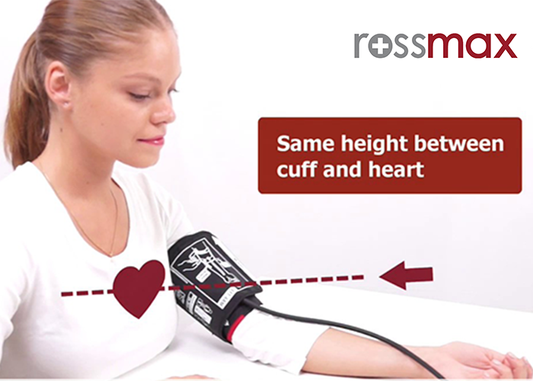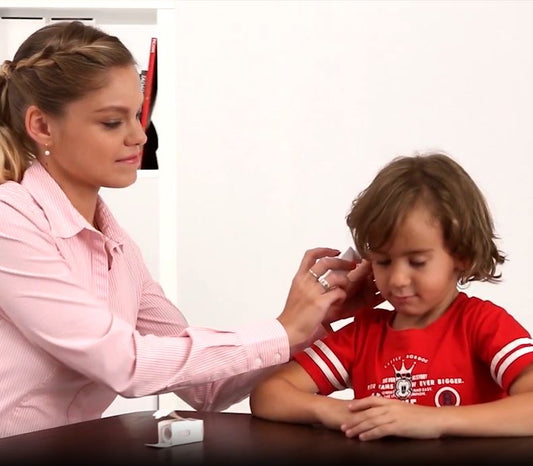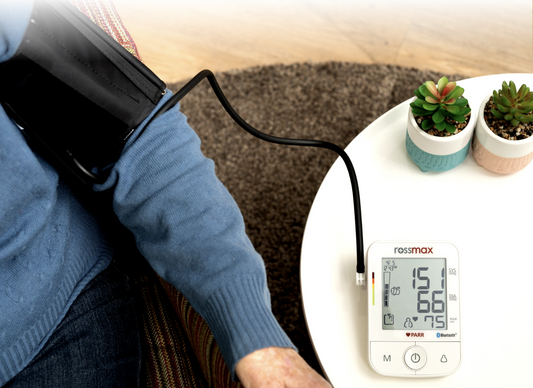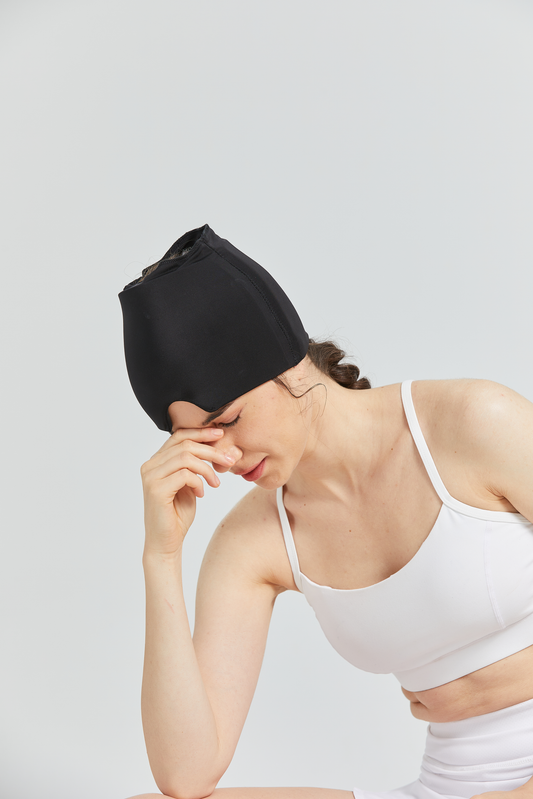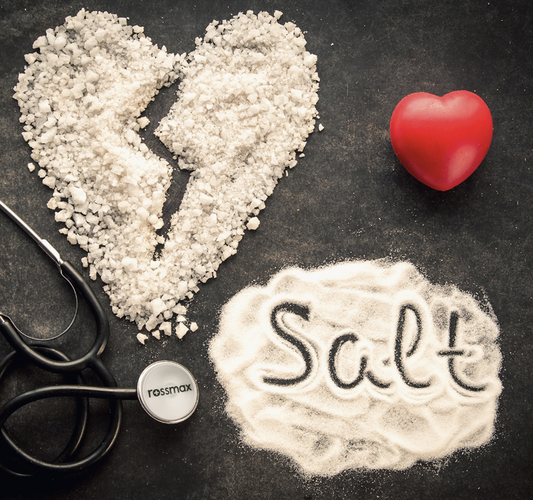Hot and cold therapies are both commonly used for pain relief, but they are suitable for different types of injuries and conditions. The choice between hot and cold therapy depends on the nature of the pain and the stage of the injury. Here's a brief overview of when to use each:
- Cold Therapy (Cryotherapy):
When to use: Cold therapy is typically used for acute injuries or conditions characterized by inflammation, swelling, and redness. These include recent muscle strains, sprains, bruises, and joint injuries.
How it works: Applying cold to the affected area constricts blood vessels, reducing blood flow and inflammation. It can numb the area and provide temporary pain relief.
Application: You can use ice packs, cold packs, or even a bag of frozen vegetables wrapped in a cloth. Apply for 15-20 minutes at a time, allowing the skin to return to its normal temperature in between sessions. Avoid applying ice directly to the skin to prevent frostbite.
- Hot Therapy (Heat Therapy):
When to use: Heat therapy is beneficial for chronic conditions or muscle stiffness. It can help relax and loosen tissues, improve blood flow, and relieve muscle tension. Use heat for conditions like sore muscles, arthritis, and chronic back pain.
How it works: Heat increases blood flow to the area, which can help alleviate pain and stiffness. It can also promote relaxation and soothe tense muscles.
Application: You can use heating pads, warm towels, hot water bottles, or take warm baths or showers. Apply heat for 15-20 minutes at a time and be cautious not to use excessive heat to avoid burns.
It's essential to follow some general guidelines when using hot and cold therapy:
- Don't overdo it: Prolonged exposure to extreme temperatures can cause tissue damage, so limit applications to 15-20 minutes at a time.
- Protect your skin: Always use a cloth or towel as a barrier between the ice or heat source and your skin to prevent burns or frostbite.
- Listen to your body: If the treatment is causing excessive discomfort or pain, stop using it immediately.
- Consult a healthcare professional: If you're uncertain about whether to use hot or cold therapy for your specific condition or if your pain persists or worsens, consult a medical professional for guidance.
Remember that individual responses to hot and cold therapy can vary, so it's important to pay attention to how your body reacts and adjust the treatment accordingly.





